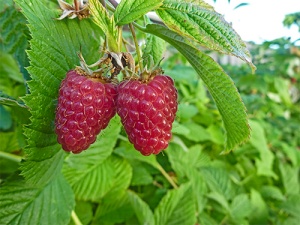Can a tree be a hero? My answer is a resounding YES!
Now, I hear the chorus of your skepticism, indeed I do. Many of you will be quick to point out the faults of trees. The list begins.
One. Trees regularly get in the way of cars, and isn’t it silly of them to grow at curves in the roads. Totally the tree’s fault if a driver misses the bend.
Two. Trees haven’t the good sense not to fall over in high winds. Bad enough when they ruin the perfection of a park or forest by collapsing, but they are altogether too quick to fall on houses, innocently-parked automobiles, and power lines. Clearly the tree just lives to inconvenience humans.
Three. A tree, to use legal jargon, is an attractive nuisance. Cats can’t resist them. They are lured into a tree’s heights, there to become paralysed with acrophobia, thus requiring hazardous rescue. Claw marks on exposed skin are the usual result. Ouch.
Four. Trees produce leaves, which would be lovely if they didn’t insist on dropping them at regular intervals. Clogged drains, clogged gutters, and smothered lawns are the victims. The beleaguered humans must, of course, unclog and rake. Endlessly rake. Ugh.
Five. Trees grow. And grow. And grow. That sweet little sapling that was oh-so-decorative for its first ten years turns into a botanical Godzilla with the further passage of time. It blankets sun-loving flower beds with shade, chafes its branches against overhead wires, and attracts crow riffraff from the wrong side of town.
Six. One word – roots. Roots pretend to be docile, but they are a conniving lot. They slither under the sidewalk and expand upwards until the concrete cracks and buckles, the better to trip passersby. Underground pipes are powerless to resist the tree’s ever-thirsty roots. Leaf-clogged drains are child’s play compared to a root-choked water pipe.
But, please, let me interrupt you here and explain the heroism of a tree. Specifically, I will tell you about the hazelnut tree in my backyard and what it gave me despite what it endured this year. What did it endure?
Drought. The most obvious insult to the tree came gradually, but inexorably. We had a drought that began at level two, lingered a while at level three, and culminated in a parching level four. Such an extended arid spell was unheard of for our area and all the trees suffered. Placing a water sprinkler under the hazelnut tree was forbidden, and it had to subsist on its small share of the buckets of kitchen grey water, laced with soap and grease, that I toted out to the garden.
A plague of squirrels. Squirrels cannot keep their bony little paws off hazelnuts. They start their assault as soon as the nut begins to form, green and unready in the spring. With all the mental intellect of a clod of earth, the squirrel can’t understand that it is too early to harvest them. It takes a nut, bites open the shell, discovers nothing inside, drops it to the ground, takes another nut, bites open the shell, discovers nothing inside, drops it to the ground, and repeats this process endlessly. The ground below the tree is soon carpeted with these rejects. When the nuts finally do ripen, the fecund squirrels bring all their relatives and assault the remaining nuts on the tree, eating many, burying the rest.
Blight. Only today, I looked up into the tree and wondered, “Why is that small branch dead?” A bit of research revealed the horrifying answer. The tree is infested with Eastern filbert blight, a fungal disease that has worked its way north from Oregon and has arrived, most unwelcome, on my doorstep. With newly opened eyes, I now see that my hazelnut has struggled with this sickness since spring. The prognosis is grim.
But despite all this, despite the drought, the plague, and the blight, my hazelnut tree has given of itself to my benefit. My hero.
Such heroism must not languish unacknowledged. I hereby resolve that I will not mutter curses when I pull its cold, sodden leaves out of the gutters this autumn, nor will I grind my teeth when I scrape up leaves plastered glue-like to the patio. Further, I resolve not to sigh with martyrdom when I trudge out, dragging the grass rake behind me, for the umpteenth time to clean up yet another dump of fallen leaves.
Am I nuts to make such resolutions? Well, obviously!









